Kentrantus and its cultivation

The topic of kentrantus and its cultivation may be of interest to many novice gardeners. It will be very interesting for them to know what valerian red "Crimson ringing" is, other species and varieties. Attention should also be paid to growing a flower from seed in the open field.
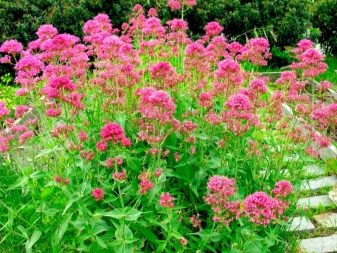
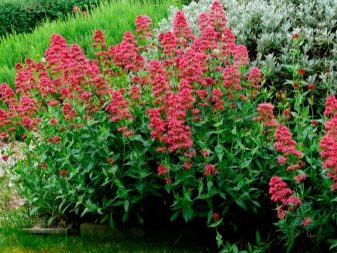
general description
Sound words and terms sometimes hide the simplest and most ordinary things of the surrounding world. This is, in particular, the centranthus. In fact, it is a fairly well-known genus of valerian, including up to a dozen species. In Russia, the most common red kentranthus, or red valerian. It is a perennial herb that gives straight stems up to 0.9 m in height.
The foliage of the centranthus does not have petioles and traces of pubescence. It is arranged according to the opposite scheme. The leaves are typically oval or lanceolate. The serrated edge of the leaf is characteristic. The flower section of this plant is approximately 10 mm.
The flowers exude a pleasant aroma. For them, the formation of a corymbose inflorescence is typical. The calyx is assembled from a bundle of thin hairs. The fruit of such a plant is classified as a nut. In cultivated gardens, kentranthus has been grown since the middle of the 16th century. It has small multi-colored buds and is in demand by professional florists.
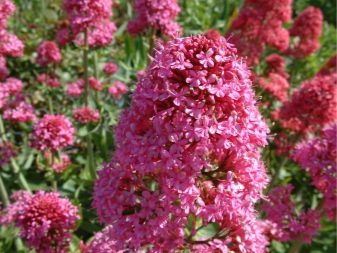
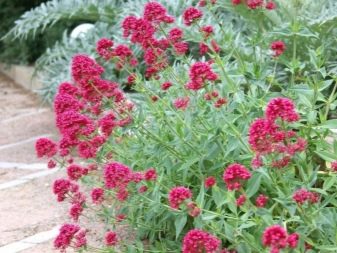
The best species and varieties
Selection work made it possible to create a fairly large number of varieties on the basis of the original centrantus. Choosing the most suitable one among them will not be difficult. "Ruber" (or valerian red) is a plant that gives rise to meter-long bushes that grow up to 0.6 m wide. Such bushes are covered with dense foliage and form shoots abundantly. Large scarlet inflorescences of a round or pyramidal configuration can be combined with pink, white and purple shades of foliage.
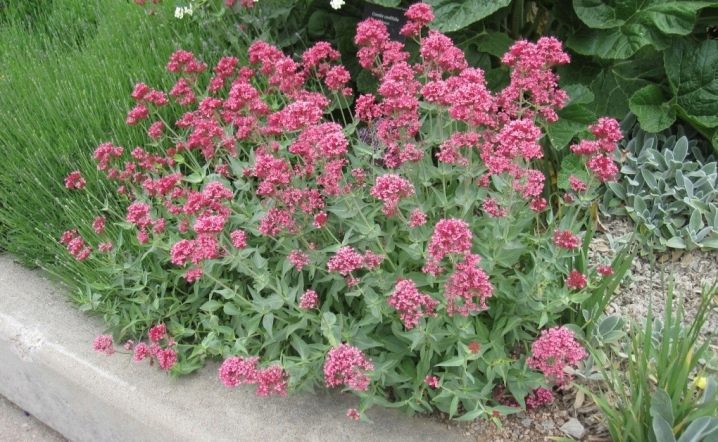
The long-flowered type is no less interesting. It forms tall bushes, covered with a significant number of bluish leaves. Their main color is diluted with a whitish bloom. This perennial type produces flower stalks up to 0.2 m long, which are covered with large purple dark flowers. The bud reaches about 1.5 cm.

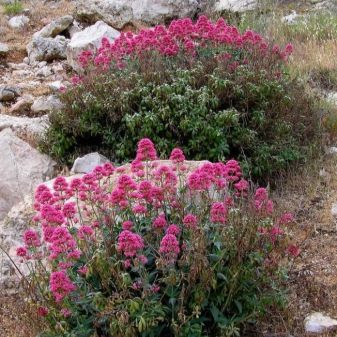
Narrow-leaved kentranthus is in demand in the horticultural market. This option is visually similar to "Ruber". Its leaves have a slightly different shape. The leaves are distinguished by pointed edges.
But laymen can hardly tell the difference between these two types of plants.
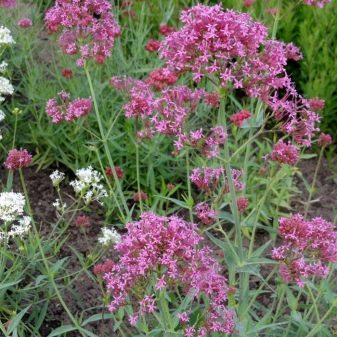
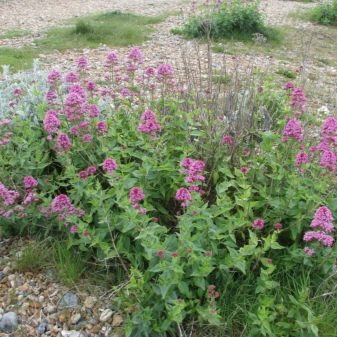
The smallest in size is the valerian centrantus. The height of such a culture does not exceed 0.3 m. Sometimes it is limited to only 0.1 m. Pink or red ash colors are typical for the inflorescences of such a plant. Flowering occurs as early as possible, already in April.
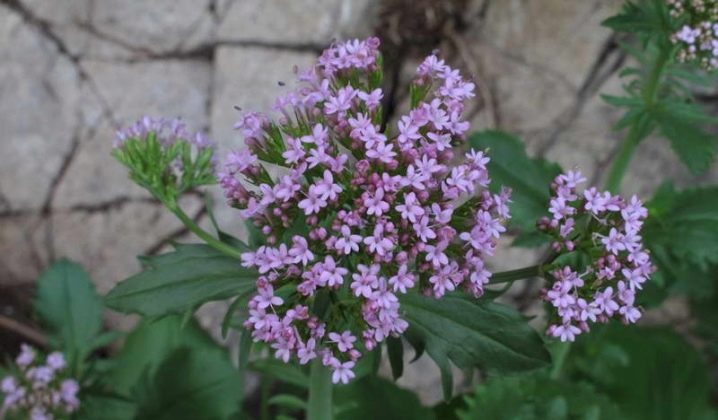
Of the new breeding types, it is worth highlighting "Crimson ringing". The variety got its name for the characteristic color of the impressive pyramidal inflorescences. The section of flowers sometimes reaches 1 cm. Bushes of "Raspberry ringing" intensively branch. They are covered with bluish foliage and can grow up to 0.8 m in height.
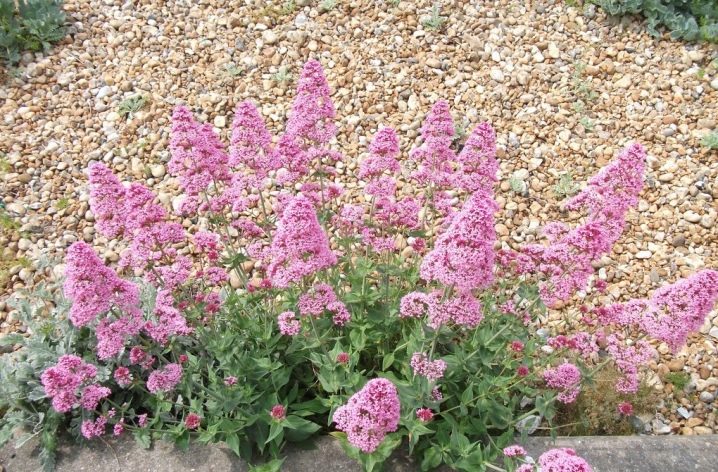
Variety "Pretty Betsy" blooms for a long time, sometimes up to 35 days. Height varies from 0.6 to 1 m. In each rosette, from 8 to 10 peduncles appear, flowering occurs from mid-July to late August. Germination takes place within 10-12 days at a temperature of 18-20 degrees. As for the "Raspberry Evening" variety, the main sources do not write about it: most likely, it is a trade synonym for the aforementioned "Raspberry Ringing".
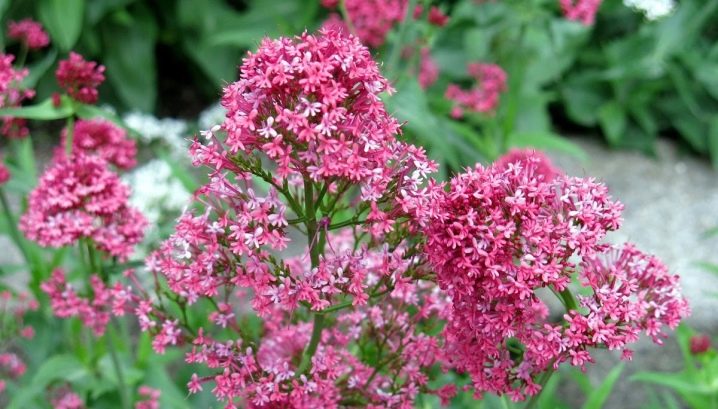
Growing technology
Kentrantus must be grown in open ground where the area is flooded with sun, but the beds or flower beds are well protected from the wind. It is advisable to choose fenced places or strips adjacent directly to the fence. Whenever possible, planting should be avoided on relief depressions or in places with a significant amount of groundwater. In such areas, there is a high probability of rotting and root damage by the fungus. In order for valerian to develop normally, it is better for it to choose nutrient-rich soils with good drainage.
However, on rocky soils, with proper nutrition and good care, seedling will also occur very quickly. The landing procedure presents no problems. A gap of 0.35-0.4 m should be maintained between the bushes.
The valerian hole should be slightly larger than the root along with the soil lump.


Further:
- lime and sand are poured into the recess (you do not need to use a lot of them);
- plant a plant;
- mix humus with garden soil, sprinkle voids;
- Lightly tamp the backfill and water the seedling.
The germination capacity of the centrantus is very high. Sowing in open ground is carried out either just before winter itself (with mulching with any suitable material), or in the spring months. If possible, seedlings are started at the end of April, counting on the appearance of shoots in 9-12 days. The growing period of this plant is over 5 years in one place. It can be renewed by self-seeding.
The division can be done both before and after the growing season. Kentrantus is drought-resistant, which pleases those who cannot pay much attention to decorative plantings. Prolongation of flowering is achieved by cutting off the wilting parts to the first whole leaf. With the onset of autumn, the stems are recommended to be cut to the ground. Given the Mediterranean origin of kentranthus, it is advisable to cover it for the winter using compost or humus.
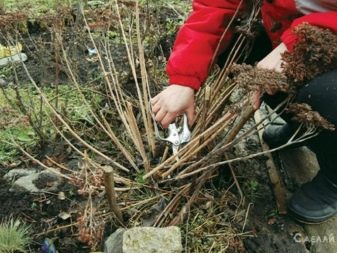
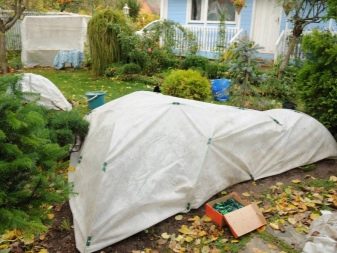
Reproduction
There are several ways to propagate a culture.
Seeds
If the plant, thanks to good conditions, went for self-seeding, gardeners can only pick up the most developed seedlings by spring and move them to the right places. Targeted breeding involves sowing in open soil before winter. For mulching at the onset of cold weather, it is recommended to use peat and leaf litter. In the spring, sowing can go either in containers or directly into the soil. Seedlings will have to be hardened and planted after the completion of return frosts.
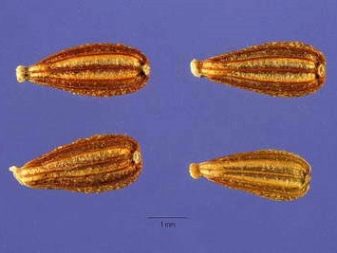
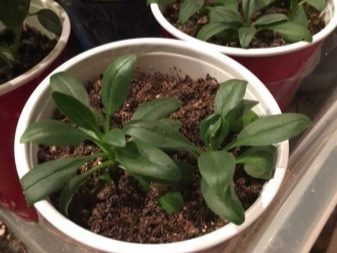
By cuttings or dividing the bush
Having decided to divide the kentrantus bush, you must wait for the beginning or end of the growing season. This method is considered the simplest of all options. It is also needed because at the 4th year of development, plants begin to degrade and lose their vitality. Reproduction by cuttings is not worked out so well, and gardeners still have to gain experience.
Planting material can be rooted in extreme heat.
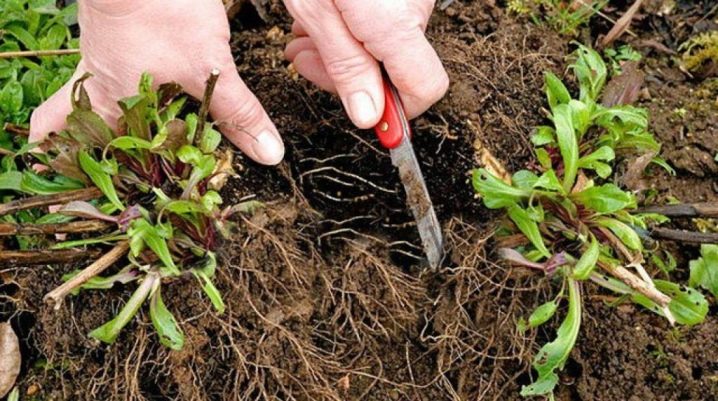
Flower in landscape design
The attractiveness of the centrantus is undeniable. It allows you to change the flower garden in an original way, if you choose the varieties correctly. Group plantings are preferred, especially in ridges and rock gardens. Also, this plant is actively used to decorate the edges of garden paths and slopes. It will also grow well near gazebos, in rockeries or on the surface of an alpine slide.
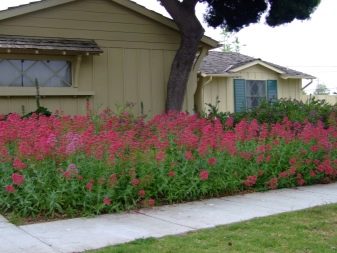
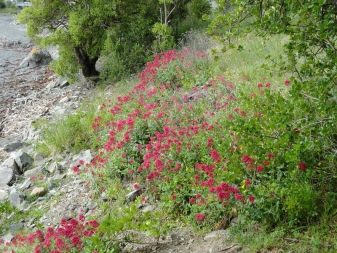
Mixborders can also include centranthus. In this type of plantation, it is perfectly combined with shrub forms of sage, with adonis. You can also grow it together with irises. This combination looks especially attractive in the springtime and adds richness. Shades of different types of valerian can play next to each other (in mixed plantings) even more interesting than separately.
It will bloom twice during the growing season. It will invariably be accompanied by a strong, pleasant aroma.The culture is very vibrant and looks attractive in any part of an ordinary garden. Lush bloom in shaded areas is not guaranteed. Kentranthus gives a delightful effect when grown on a stone wall.
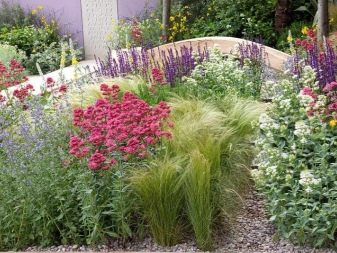
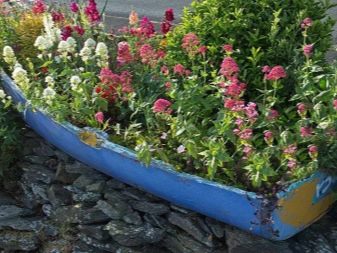













The comment was sent successfully.